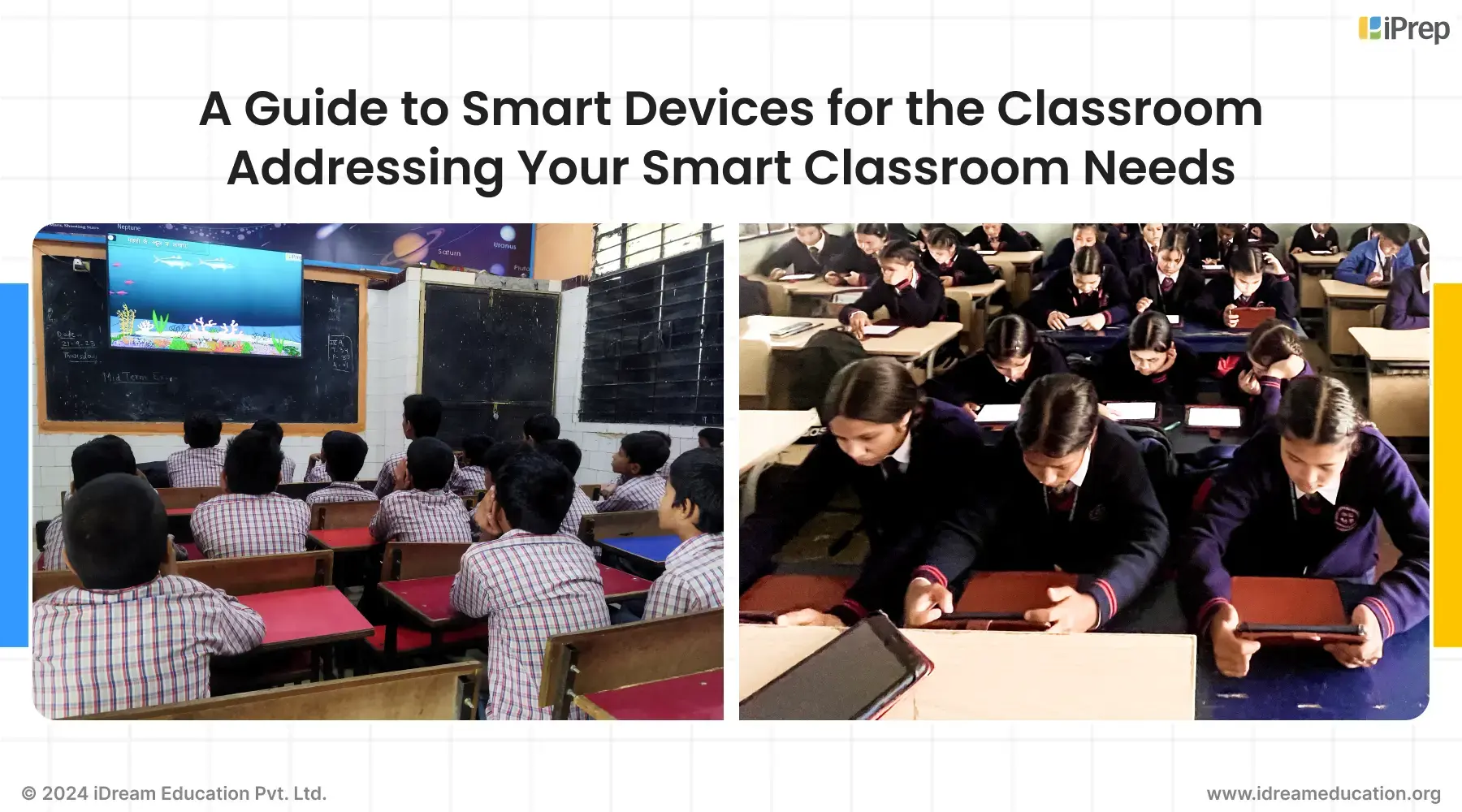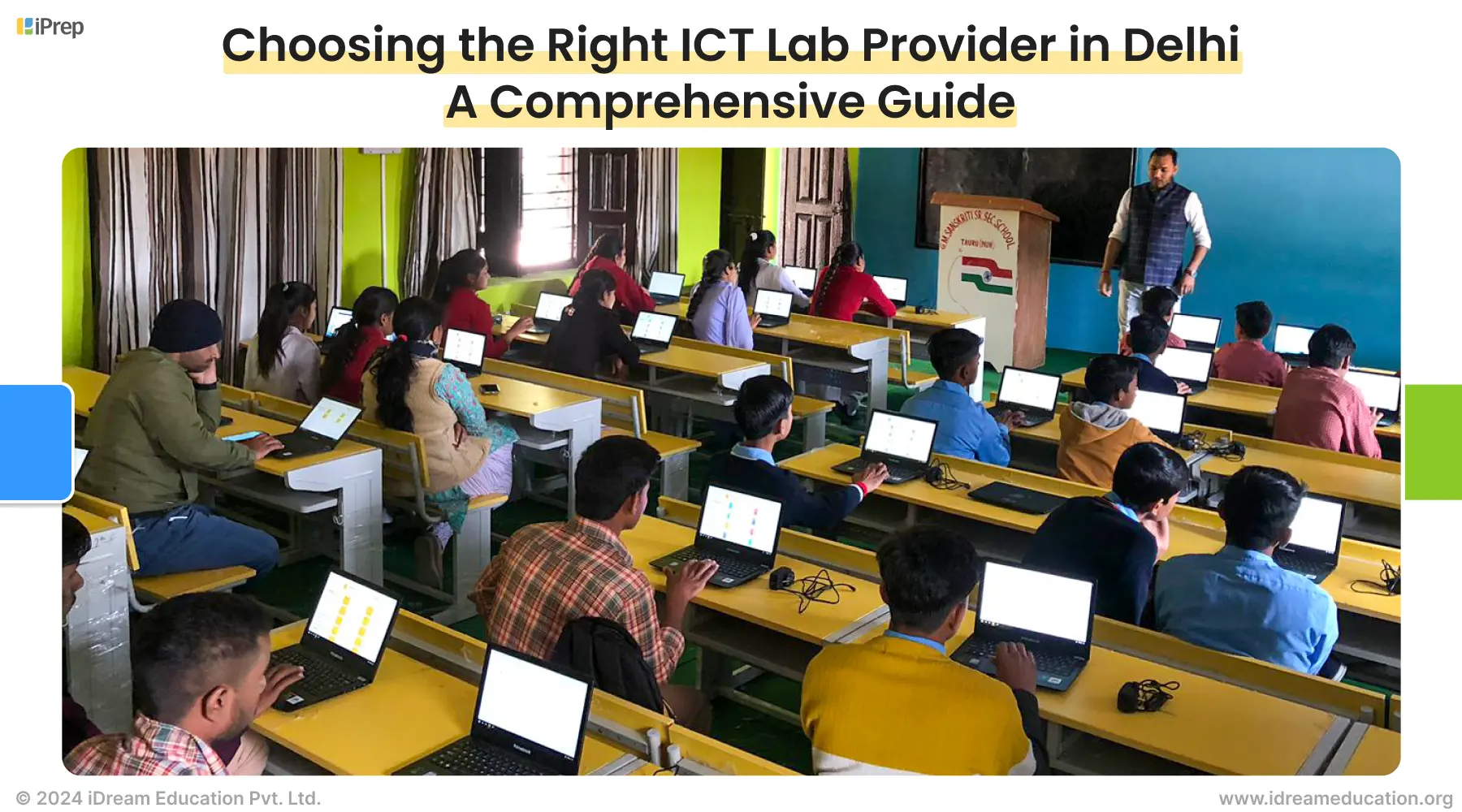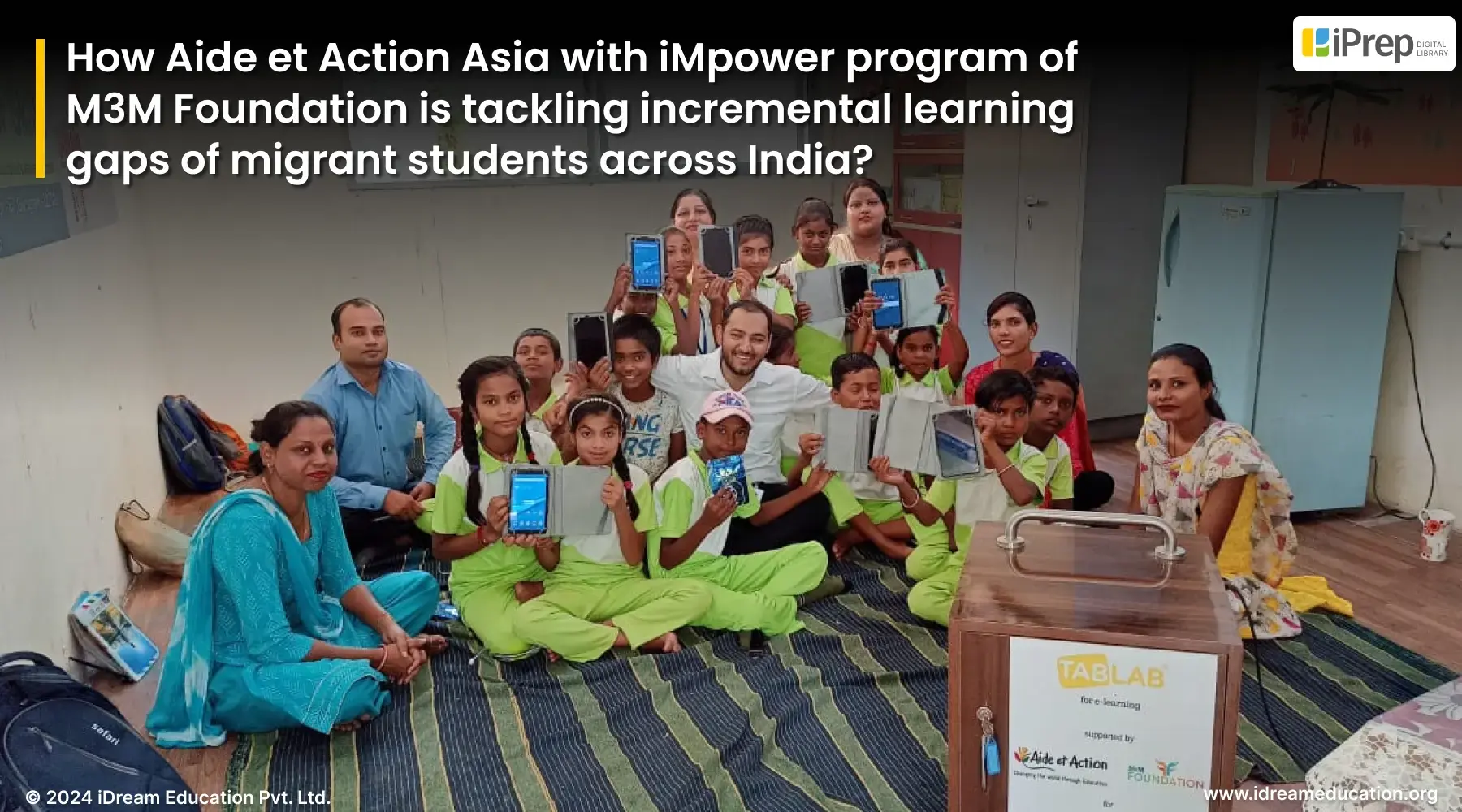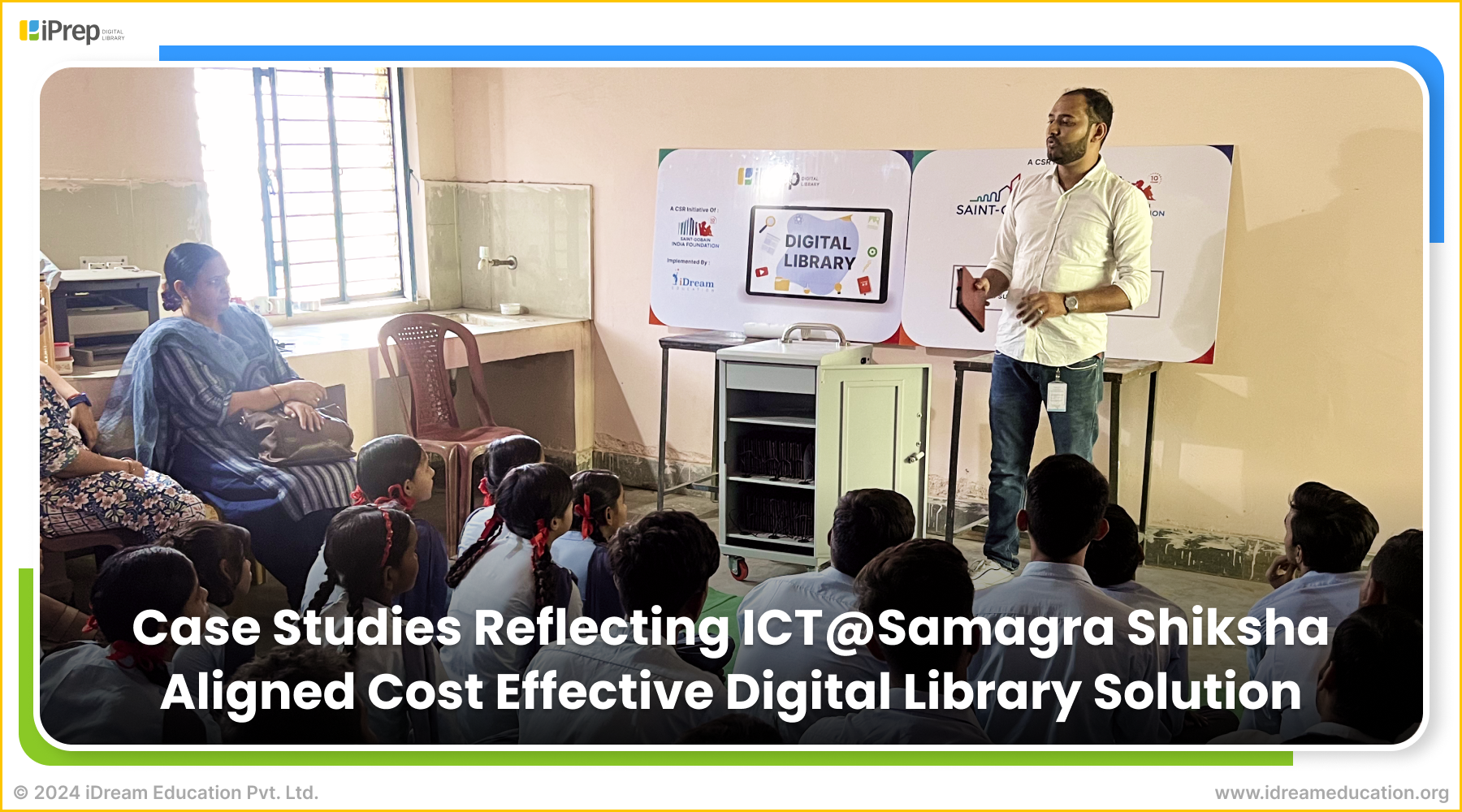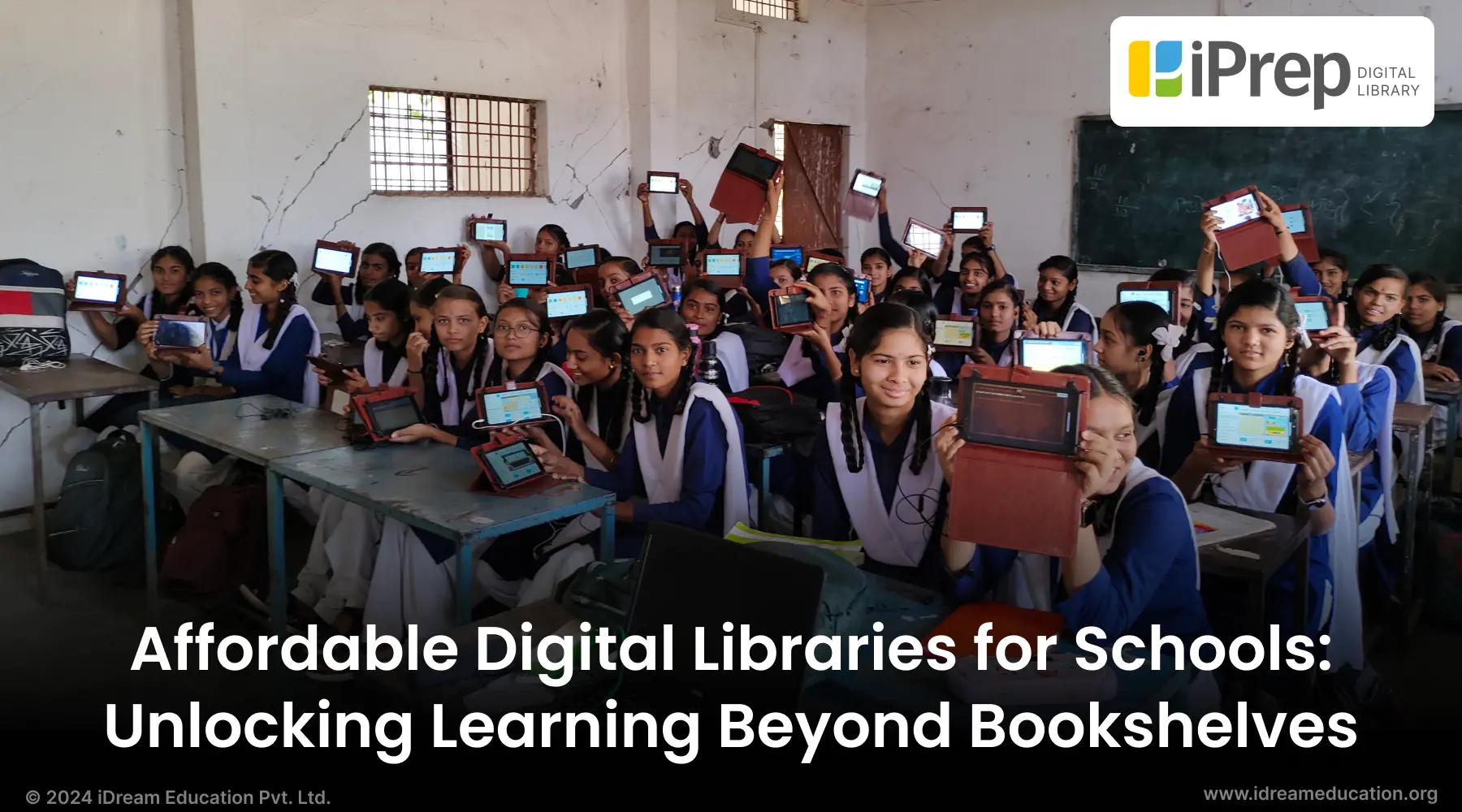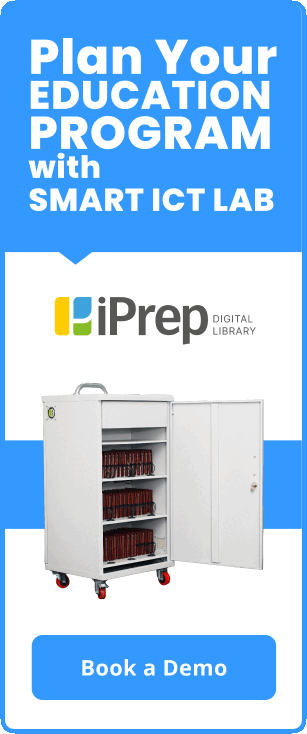Insights from a field experiment on TABLAB in Govt Schools of AP
From blackboards to digital boards to personalised boards, it has been quite a journey technology has seen inside our classrooms. But even as we enter the 21st century, we are yet to reach a conclusive destination. The journey continues.

We are still experimenting, learning and designing a framework that would solve the last mile learning challenges. Two questions which often continue to trouble us are:
- How do we ensure technology is used regularly inside the government school classrooms without any hassles for the teachers?
- How does technology engage every child equally basis their interest and learning levels? And therefore drive a proactive excitement in students to learn.
In the last 5 years or perhaps may be only 3, learning tablets have been at the forefront of this experimentation.
One such experiment was reportedly conducted by the Andhra Pradesh Government with 3 government schools in Anantpur district. The way the tablets were used and what challenges were observed has been captured in an article on the link below:
Digital Classroom: An experience from ground.
We are going to split this article for you into smaller paragraphs and deeply analyse and bring forth those finer aspects which can make or break such projects. These observations are based on our experience of implementing tablet based digital learning projects in multiple government schools in 14 states.
This is open for discussion and we would be happy to engage to jointly evolve the best suited model for personalised learning in our government schools.
Let’s begin.
Is Internet needed to deliver digital learning in Government Schools?
40 tablets were given to each of these 3 schools.
Content was uploaded on a local server and each tablet had to fetch content from these servers.
For the same, internet with a speed of at least 4MBPS was required.
While we all aspire for the internet to reach every nook and corner of the country and surely it would also happen very soon, we see significant challenges in an approach which has dependence on the internet:
- How do we ensure that there is continuous internet coming on all days? You go inside the tablet classroom, you are all excited to use the tablets but alas, the internet is down. On another day, you cannot use the tablets because the internet cable was blown away in the thunderstorms last night
- On the days when the internet works, streaming content from 1 server to 40 devices would not be smooth. If there is too much buffering, students would lose interest
Eventually, this results in non usage.
We go back to the school after 1 year and find all tablets locked inside the almirah. The purpose isn’t served.
Learning Tablets can be preloaded with content:
Tablets today come with expandable memory upto 256 GB and therefore can be pre-loaded with all the content. Internet is not needed anymore, each child can stream the content independent of what the rest of the class is playing.
Now, you don’t have to worry about the internet in the morning. Simply come to your class, pick up the tablets and start learning. A reason to ensure that there is no deterrent to daily usage of tablets.
How do we create non dependence on electricity?
Imagine yourself a teacher. You take students inside the tech enabled classroom, introduce a topic and are about to give tablets to students. Only to realise that they aren’t charged, because there was no electricity supply in the night. Even though there is electricity right now, but you still cannot use them. So, now you start finding 40 plug points in your school where these tablets can be charged. And once they are charged, you also need to track all these 40 devices and bring them back to the classroom. In doing all this, only a handful of children will find time on a school day to learn from the educational tablet.
Is that really what the teacher should be doing? How many times do you think a government school teacher would do this?
When it comes to using tablets inside the classroom, there are 2 issues which need to be looked at:
- Where do you store the tablets securely? Or do you fix the tablets permanently onto tables and in doing so invest in extra furniture for your class?
- How do you reduce dependence on electricity? And is creating 40 plug points in a class the right way to charge the tablets?
Consider the “Plug n Play” approach:
As stakeholders, our vision should be to make it supremely easy and hassle free for teachers to use technology inside the classrooms.
The plug n play approach means that there is just one solution which takes care of secure storage of devices and simultaneously charges them with just one switch. You need no extra furniture, space or wiring for the set up and daily usage.
A suggested solution for storage and charging of tablets
We can now break open all infrastructural barriers to setting up a digital learning lab in any kind of school – whether big or small, rural or urban and whether there is space or not. But most importantly, we have significantly reduced our dependence on electricity. All you need now is 2-3 hours of electricity any time during the day. And in cases where there is absolutely no electricity, the storage cum charging rack can be powered via a solar panel.
With the plug n play approach, we can take the best of learning content in local languages directly into the hands of the students in any corner of this country.
Technology enabling teachers to do what they like doing best:
The writer makes a valid point that technology should adapt to the teacher. But what does adapting to the teacher mean?
As technology creators, we need to ensure that the solution aligns with the natural psychology of the teacher. It needs to enable the teachers to do what they are trained and what they like doing – which is to teach. And not create an additional burden for them.
When a technology solution aligns with a teacher’s psychology, it leads to a natural adoption. If it does not, no form or number of trainings can ensure that technology is used inside the classrooms regularly. In the case of tablets for example, most teachers today use an android smartphone. And no one has trained them to use it. Therefore, they already have the prior hands on experience.
Only if we can make it simple for teachers to use it, it may so happen that such projects may not even require teacher training.
Aligning Technology with a Teacher’s Psychology:
Sharing some thoughts below on how a natural alignment can happen:
- The plug n play approach described above is definitely a way forward. Because it takes away the hassle from a teacher of storing and charging of tablets. This also takes away the dependence from electricity
- Content is pre-loaded on the tablets. Therefore, no dependence on the internet
- Content is aligned to the school’s curriculum. Teachers can use it as a part of their lesson plan and not treat it like an additional activity
- Take away all the maintenance work from the teacher. Let them focus only on teaching. At first, solution should be such that it requires the zero to very low maintenance and whatever little it does need, should be taken care of by other stakeholders
A case study on how Ease of usage, Adoption and Teacher Motivation are interconnected:
Meet Ms. Sonia. She is a Science teacher from a Government school in Rohtak. She has been using tablets inside her classroom for over 8 months now. Observe how happy she is. And when she saw her students doing well, it further motivated her to use tablets regularly inside her classroom:
What is the Goal of using Technology inside the classrooms?
Why would teachers be insecure? Are we even setting the right goals w.r.t technology?
Issue is, we are all obsessed with Learning Outcome Improvements. Technology is no magic wand that just because technology is present inside the classrooms, learning outcomes would improve.
We need to relook at our goal setting? We must define short term and long term objectives for technology. And improvement in Learning Outcomes should defintely be looked at as a 3-5 year goal.
Technology has to be first adopted by all stakeholders and secondly should be used regularly inside the classrooms. Once these basic are set, only then can we expect any improvements in learning outcomes.
Any technology initiative, in the first year of its implementation should be looked at from the lens of adoption and regular usage. Usage metrics should be clearly defined and then tracked month on month, so that relevant adjustments can be made on a regular basis.
Another grave error we do w.r.t evaluating technology initiatives is we compare baseline score of students in different subjects with the end line score. These end line scores are typically taken at the end of 1 year of implementation. Nothing happens in between. You have lost 365 days, where usage data could have been tracked and improvements suggested in the model.
But our obsession for learning outcome unfortunately makes us overlook the basics. C
Inspired School Leadership is Important:
The writer makes a valid point here. The School Principal holds an important key for the success of any initiative in a government school. An inspired and motivated person at the helm, can make a huge difference. And some factors we have discussed above like ease of set up, low maintenance can go a long way in contributing to a Principal’s motivation.
Structuring Content for Government School Students
Best learning happens when you build a real life connect with what you are being taught inside the classroom. It is important therefore that the examples we use should relate to a student’s everyday life, the accent used in the videos should be comfortable to understand.
Otherwise we create disconnect.
And when a disconnect happens, a child stops enjoying learning and eventually loses the interest.

Giving content in English is fine but it needs to be custom designed for the rural learners. We would however strongly root for local language content. Because content in mother tongue will also connect with the child at an emotional and social level building a deeper connect.
Aggregating Multiple Categories of Content on Each Tablet:
Children today even in the most rural parts of our country are exposed to different forms of content. They are experiencing videos, audio, games, apps and much more. Learning inside the classroom also needs to evolve with this change. Gone are the days when we can keep showing just one form of content to all the students and hope to engage all of them equally.
It will never happen.
With multiple categories of content on a single dashboard, each student feels empowered to learn as per their own interests. This builds a proactive excitement for learning.
We had written a blog earlier sharing our thoughts on how should we structure the content for Government schools. Please do read it here.
And if you still need a reason to get convinced on aggregating multiple categories of content, please do read the story of Nisha who continues to perform well her in class by only reading books, while the rest of her class learns via videos. Here’s the story of Nisha.
Conclusion
While we are seeing an increasing acceptance to tablet based digital learning amongst educators, teachers and other stakeholders as a safe and an enjoyable way for government school students to learn, we must design the solutions such that the teachers and students naturally adopt to it.
Have you seen any tablet based learning project in government schools? What have been your observations and where do you see scope of improvements? Please do share your comments below.
Download Now – Learning App
Watch Now – Best learning videos for 1st to 12th class
Follow Our Social Media Channel
Facebook – https://www.facebook.com/idreameducation
Instagram – https://www.instagram.com/idreameducation/


